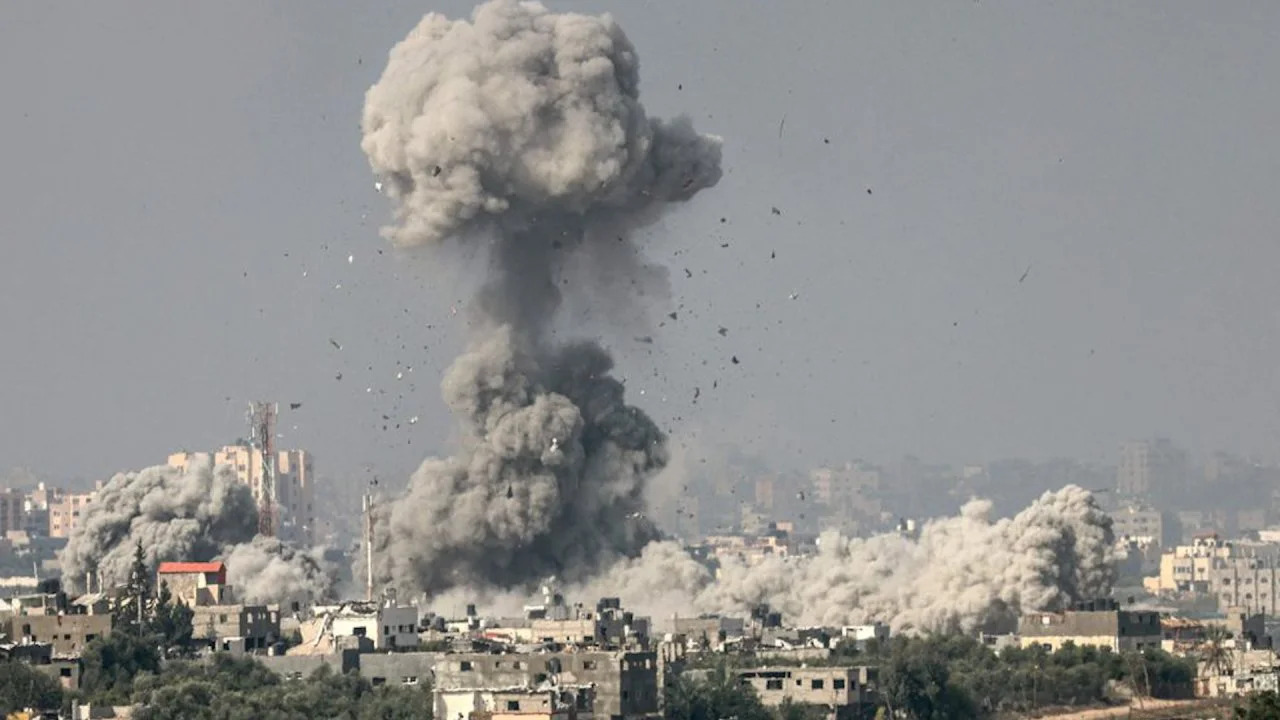
Explosionomics: The Bomb-Based Economy Fueling American Prosperity
There is a significant and growing body of analysis that connects the health of the US economy, or more precisely its dominant financial and corporate sectors, directly to the physical act of war. The idea that the economy requires the deployment of ordnance, not just its manufacture, is moving from the fringe of economic dissent into a more mainstream, if grim, acknowledgment.
The core of the argument hinges on a shift in the business model of the Military-Industrial Complex (MIC), since the Cold War's end. The old model was about stockpiling; building a vast arsenal to deter a peer opponent. The new model, perfected in the Global War on Terror, is about consumption. Stockpiling has a ceiling. Consumption is a cycle with no end.
Think of it as a farm-to-table economy, but for war. You do not just grow the tomatoes and let them rot in the warehouse. You have to have a restaurant that serves them, where customers eat them, creating a constant demand for more. In this analogy, the "farm" is the weapons factory. The "table" is a battlefield in Gaza, Yemen, or Iraq. The "eating" is the bombing.
This is why ceasefires are economic threats. A ceasefire stops the consumption. It means the missiles are not being fired, the bombs are not being dropped, the armored vehicles are not being worn out. This breaks the replenishment cycle. The Pentagon stops placing urgent orders to restock depleted inventories. Wall Street analysts note the drop in revenue guidance for major contractors. The entire financial ecosystem built around perpetual war, the contractors, their subcontractors, the lobbyists, the politicians whose districts depend on this work, feels the pinch. Their entire economic and political power is predicated on the continuous, violent consumption of their products.
The post-9/11 data proves this. Over eight trillion dollars has been spent. That money is not just sitting in a vault; it has been converted into revenue, profits, and stock valuations for a specific sector of the economy. That sector has used its profits to embed itself politically, ensuring that its need for continuous conflict outweighs other national priorities. The economy at large might be able to transition, as it did in the 1990s when the Soviet Union collapsed and defense spending was cut significantly, but that would require wresting power from a sector that has no intention of relinquishing it. The political will for that does not exist because the system is designed to prevent it.
The MIC is not a separate tumor that can be cleanly removed. It is more like a vital organ that has been artificially sustained and grown so large that its failure would cause immediate systemic shock. They made sure its arteries run through hundreds of congressional districts. They made its health a synonym for national security. They made its profits a core driver of Wall Street.
Selected Sources
- Crawford, N. C. (2021, September 1). The U.S. budgetary costs of the post-9/11 wars, Watson Institute for International and Public Affairs, Brown University. https://watson.brown.edu/...
- Brown University. (2021, September 1). Costs of the 20-year war on terror: eight trillion dollars and 900,000 deaths. https://www.brown.edu/news/...
- Cox, Ronald W. (2014). "The Military-Industrial Complex and US Military Spending After 9/11," Class, Race and Corporate Power. https://classracecorporatepower.com/...
- Reaching Critical Will. Military-industrial complex. Women’s International League for Peace and Freedom. https://www.reachingcriticalwill.org/...
- Korb, L. J. (2011, July 15). Trends in U.S. military spending. Council on Foreign Relations. https://www.cfr.org/report/...
- Eaglen, M., & McCusker, E. (2023, May 14). U.S. defense spending in historical and international context. Econofact. https://econofact.org/...
- Hartung, W. D. (2024, December 2). The ugly truth about the permanent war economy. Stimson Center. https://www.stimson.org/...
- Swanson, D. (2024, October 10). The economy of war: Why the military-industrial complex wins every election. The Indypendent. https://indypendent.org/...
- Turse, N. (2014, January 11). Big money behind war: The military-industrial complex. Al Jazeera. https://www.aljazeera.com/...
- Korb, L. J. (2013, March/April). How will a culture of permanent war impact America's future? Cato Institute. https://www.cato.org/...